European Countries' Cuisine, Ranked
Local flavor
European Countries' Cuisine, Ranked
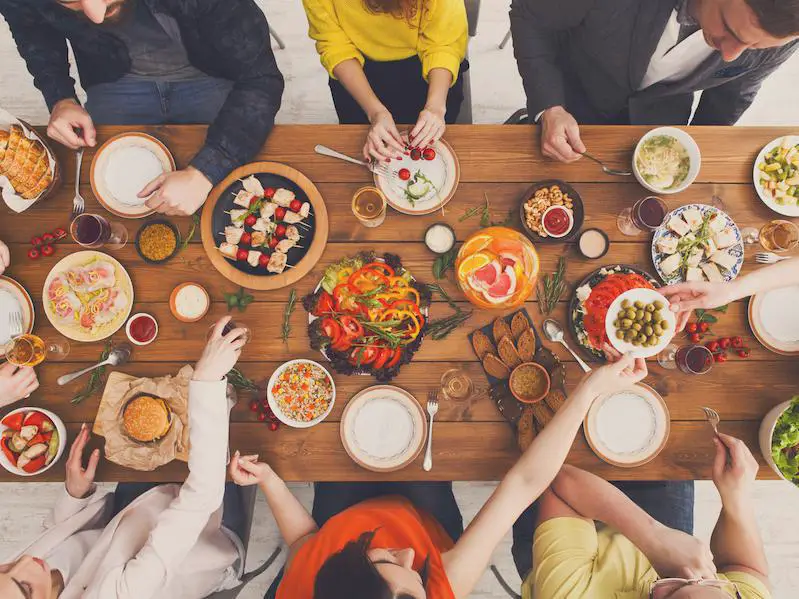
Travel is all about exploring nature, connecting with history and experiencing new cultures.
Oh, who are we kidding? It's really about the food!
Eating and drinking across Europe is at least as exciting as sightseeing there. But while all European countries offer some fine dishes, not all are created equal.
To make choosing the right European destination for a culinary trip easier, we decided to rank the food in all of the European Union nations. Our list is based on lots of time spent traveling the continent, sampling the local cuisine throughout.
Of course, these results are subjective. Agree? Disagree? We're open to hearing what you think.
20. Finland, Denmark & Sweden
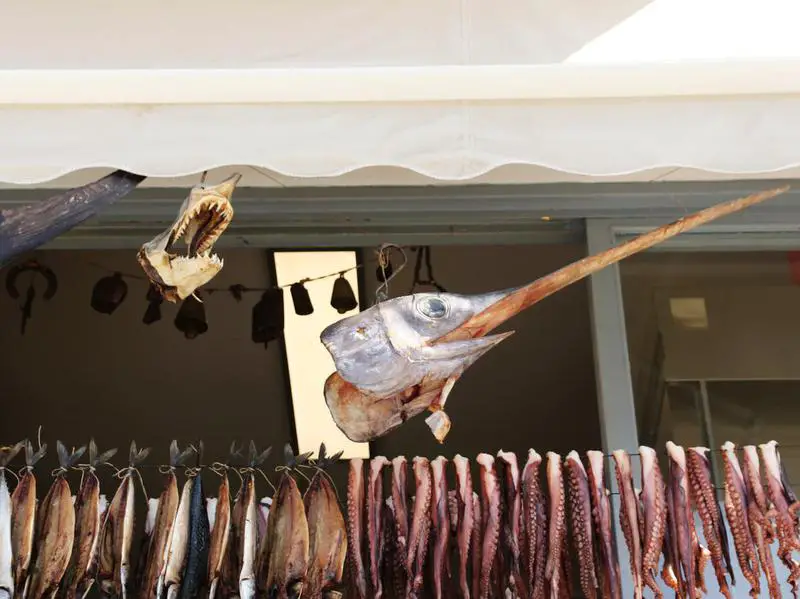
The Nordic countries of Finland, Denmark and Sweden (plus Norway and Iceland, which are in Europe but not the European Union) blend in together when it comes to cuisine.
These nations combine mostly rural land with long coastlines along the Baltic and North Seas. As a result, menus in Scandinavia consist of many vegetables, game meat and fish, much of it fermented.
This simplicity can be effective, but when compared to the cuisine of other European countries, well...fermented shark just doesn't cut it.
Plus, food in Scandinavia is the priciest in all of Europe, thanks to a super-strong currency and high VAT rates. As we have heard it described, “Scandinavian food is expensive and uninteresting” — a less-than-stellar combo.
Still, Sweden did introduce us to the Smorgasbord and Swedish meatballs, so it’s not all that bad.
Where to Eat
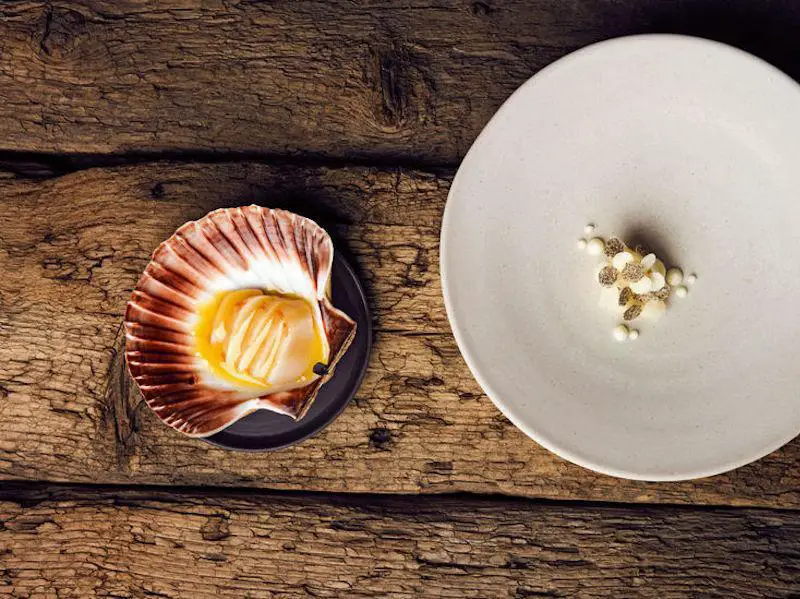
Despite its last-place ranking on our list, there are some true culinary winners in Scandinavia. As of 2019, each country has a Michelin 3-Star restaurant, an extremely rare and coveted honor indicating "exceptional cuisine that is worth a special journey."
Take the special journey to Frantzén in Stockholm, Sweden or Geranium in Copenhagen, Denmark (also listed at No. 19 on the World's 50 Best Restaurants list).
For a taste of what makes Nordic cuisine special, head to the 3-Star Maaemo in Oslo, Norway, which according to the chef "highlights the Norwegian seasons" and "the relationship between the raw nature, produce and our cultural history."
19. Lithuania, Estonia & Latvia
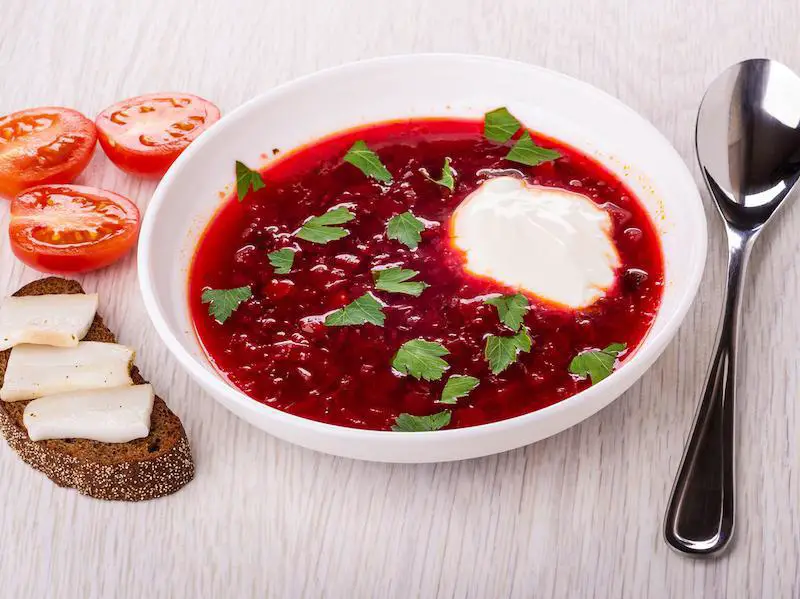
When Wiki describes your country’s cuisine as “products suited to the cool and moist northern climate: barley, potatoes, rye, beets, greens, berries and mushrooms,” it’s difficult to get too excited.
Soups (borscht, beet root soup) and rye bread simply have a tough time competing with heartier dishes of game meat in the countries to the south.
Baltic countries are also big on pickling — pickled herring is particularly popular — which is, we'll say, an acquired taste.
Where to Eat
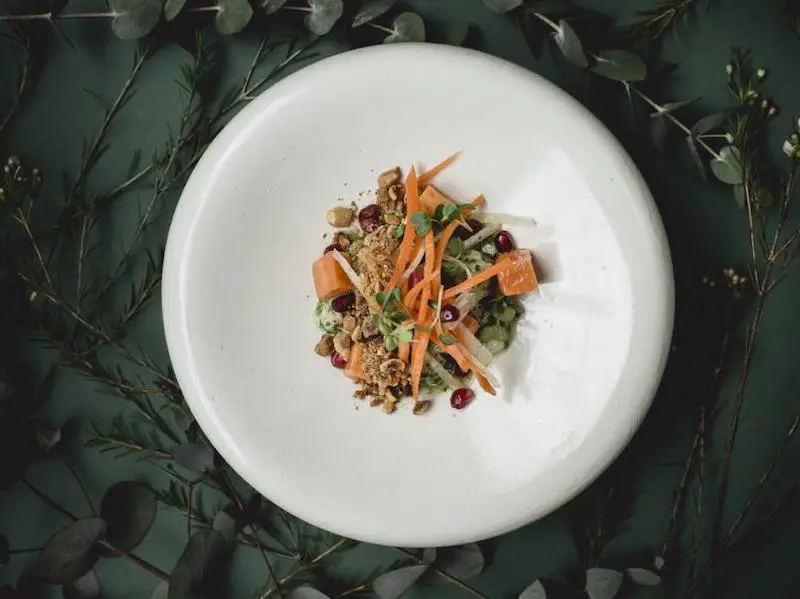
While the Scandinavian countries boast a handful of Michelin-starred restaurants, the countries of the Baltic come up empty-handed on that front. But that doesn't mean they lack exemplary places to dine.
TripAdvisor travelers have given 4.5 stars to Vincents in Riga, Latvia and Dominic in Tallinn, Estonia — and 5 stars to Amandus in Vilnius, Lithuania, where local ingredients representing the best of the Baltic region take center stage.
18. Croatia
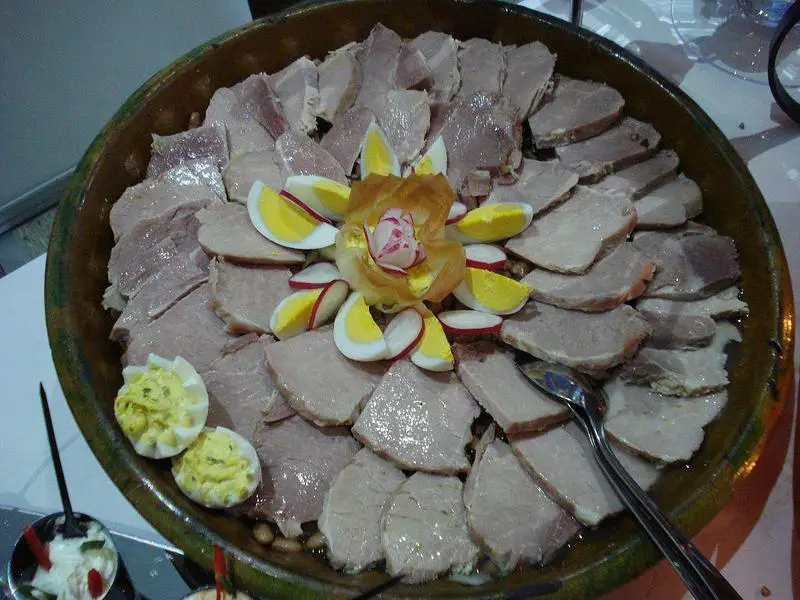
Seafood in Croatia's Adriatic coastal cities like Dubrovnik and Split can be amazing. But most of Croatia’s foods are similar to its neighbors, who are better known for their versions. For example, goulash is more famous in Hungary and pasta and sauces are renowned in Italy.
Much of Croatian cuisine is game-based, with turkey, pork and even the “edible dormouse” found abundantly on menus.
Edible mouse?
Uh, no, thank you.
Where to Eat
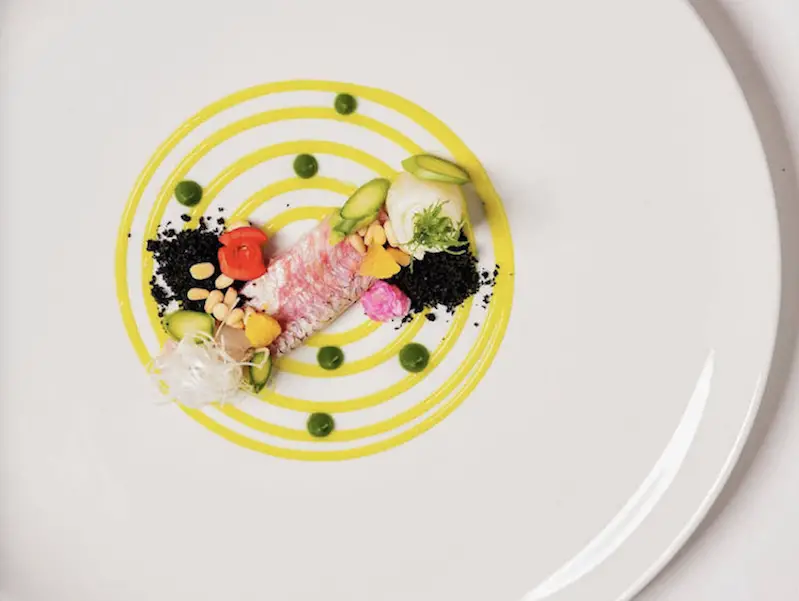
Five establishments in Croatia received 1 Star from Michelin in 2019, meaning they qualify as "a very good restaurant."
Try 360º in Dubrovnik, Monte in Rovinj, Noel in Zagreb or Pelegrini in Sibenik.
With its inventive takes on indigenous Croatian dishes, Draga di Lovrana in Lovran challenges the notion that the country's cuisine is uninspired.
17. Bulgaria
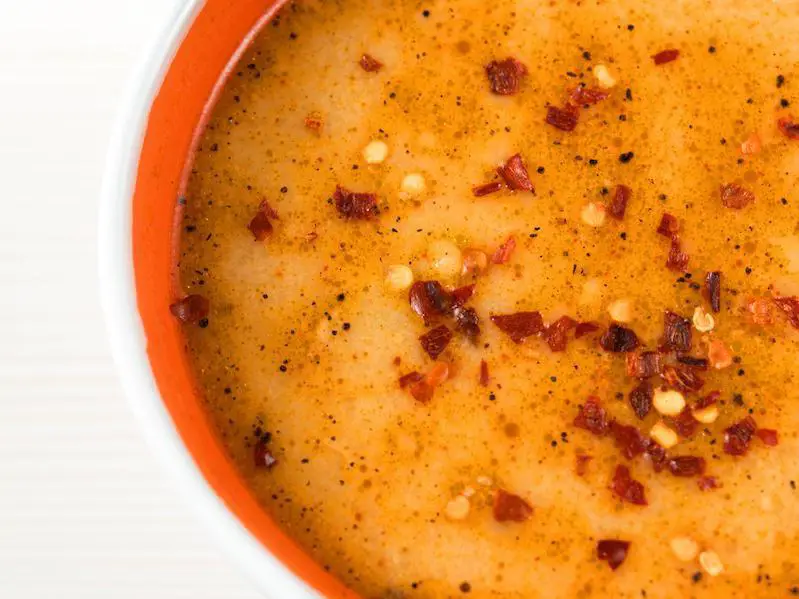
Bulgaria is part of the Balkans, and shares some of the same recipes as Greece and Turkey. It's known for its hearty cuisine, as well as dishes rich in dairy and veggies.
With tripe soup (tripe is the muscle wall from a cow's stomach) and a cold yogurt-based soup making the list of the country’s dishes, Bulgaria is not a place to go for fine dining.
That said, as with all the countries in Europe, Bulgaria does have a few dishes that wow. Banitsa, a cheese-filled filo pastry, is a popular snack and breakfast dish that's easy to fall in love with.
Where to Eat
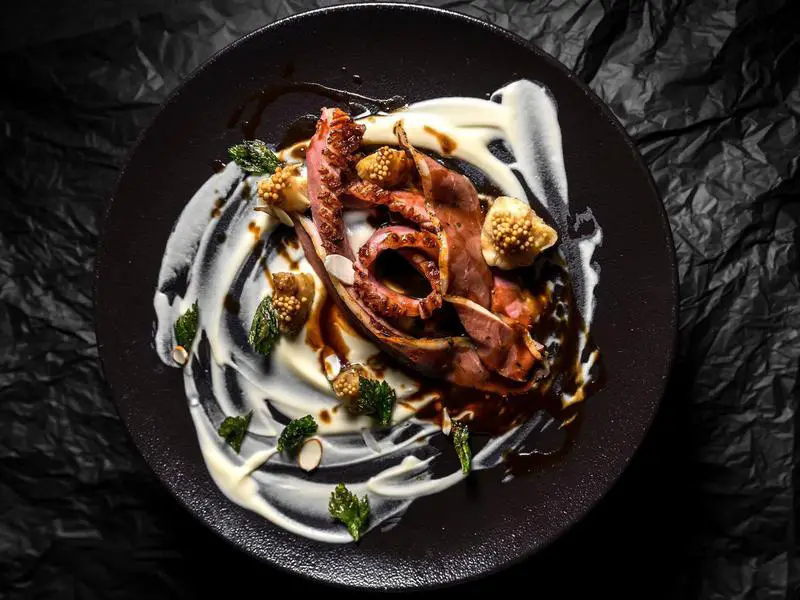
Bulgaria is rising in the culinary scene, but not enough to land on any "Best Of" or Michelin Star lists.
Still, if visiting Sofia, follow the recommendations of TripAdvisor travelers, who give top marks to the 4.5-star Cosmos. Here, traditional Bulgarian dishes like chicken kavarma — with veggies, paprika and the Bulgarian herb chubritza — are made with love and innovation.
16. Slovenia
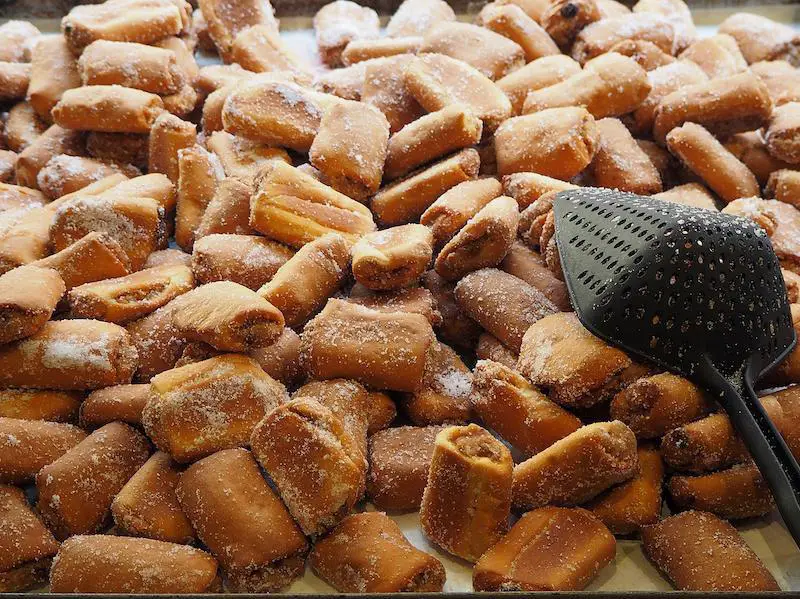
In Slovenia, try the struklji, a steamed, boiled or fried dough dish filled with either meats and cheeses or apples.
Sound similar to Austria’s strudel? Not quite, but the Hapsburg Dynasty from Austria did spread across Slovenia, so there's a definite Austrian influence in the cuisine here. In addition to the strudel-esque struklji, the Austrian dish of schnitzel is popular in Slovenia, too.
There's nothing wrong with these dishes in the least — they're sublime. It's just that it's better to try them in Austria, where they're from.
Where to Eat
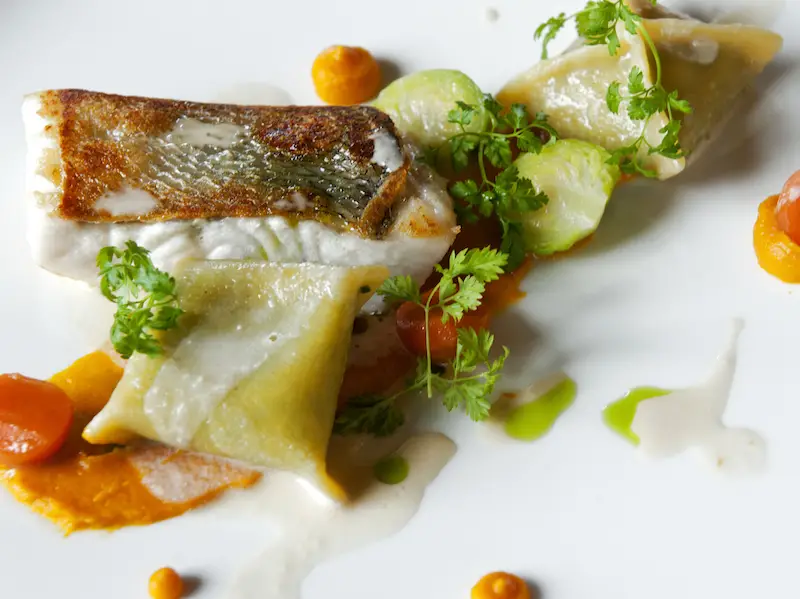
Slovenia's restaurants haven't made Michelin's list yet, but the World's 50 Best Restaurants awards did add Strelec Restaurant in Ljubljana in 2019.
Headed up by Michelin-starred chef Ana RoS, it's the next best thing in dining, and boasts an enviable setting that's so very Slovenia: an actual medieval castle.
15. Czech Republic & Slovakia
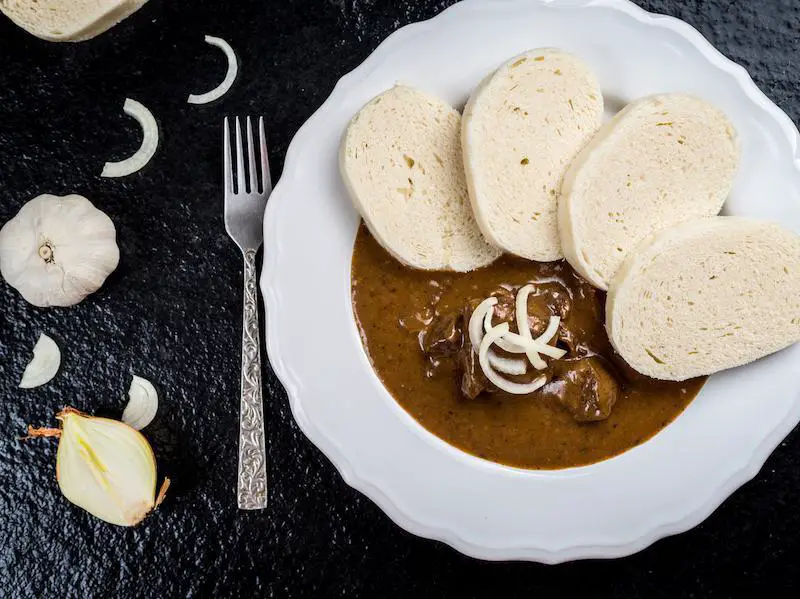
Many dishes found in the Czech Republic are crossovers from its neighbors, Austria and Hungary.
You’ll find goulash, sauerkraut and dumplings, just like you will in its former adjoined country, Slovakia. (The duo once formed Czechoslovakia.)
Traditional cuisine in these countries is otherwise pretty basic, though not without its merits. In the Czech Republic, try Vepro knedlo zelo, roasted pork paired with dumplings and cabbage; in Slovakia, opt for Bryndzové halušky, potato dumplings with sheep cheese and bacon.
These are both beautiful countries, we admit, and the food is far from terrible. But you can enjoy better cuisine elsewhere in Europe.
Where to Eat
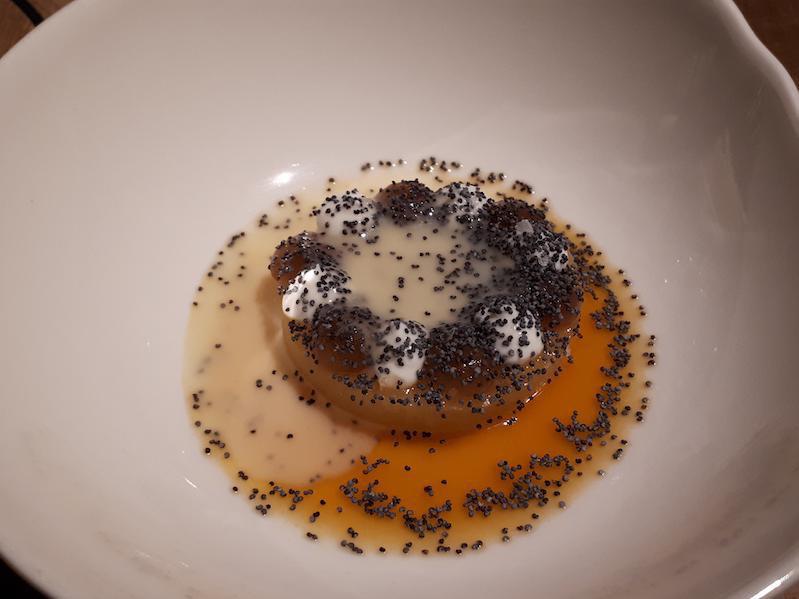
Czech Republic added two 1-Star Michelin restaurants in 2019, both in Prague: Field and Le Degustation Boheme Bourgeoise. Field's 10-course menu is a veritable feast; Le Degustation Boheme Bourgeoise is known for its freshly foraged ingredients and traditional Czech techniques.
Slovakia hasn't made the cut for Michelin just yet, but TripAdvisor reviewers rave about Bratislava restaurants include Albrecht and Houdini Restaurant.
14. Luxembourg
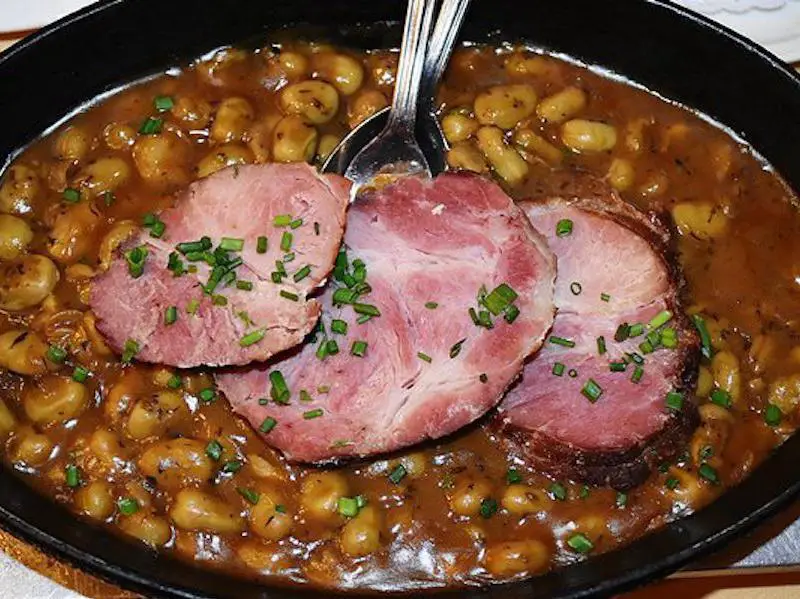
When you are stuck between France and Germany, you’re bound to have cuisine that reflects both countries. Props to Luxembourg for also having some originality with its menus.
Traditional dishes include Judd mat Gaardebounden (pork neck with beans), träipen (fried blood sausage) and a number of fried-fish dishes, including the Friture de la Moselle, a river fish eaten with your fingers.
Hmm, better yet, we think sticking with French and German food is a better idea.
Where to Eat
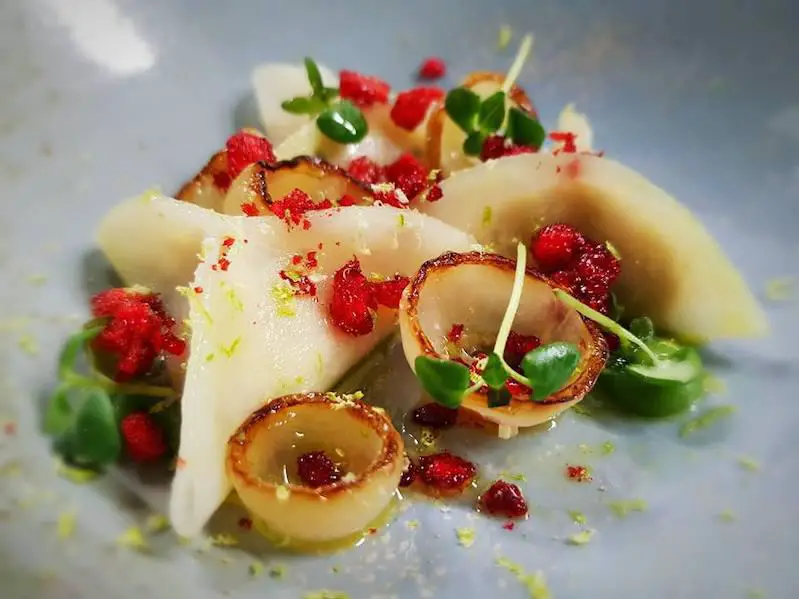
With nearly 150 Michelin-starred restaurants in this tiny country, it's safe to say you can find a great meal here.
The Ma Langue Sourit restaurant received 2 Stars in 2019, joining Mosconi as the second 2-Star spot in the country. The restaurant focuses on a full sensory experience for diners, and is known for its creative use of local, organic produce.
13. Ireland
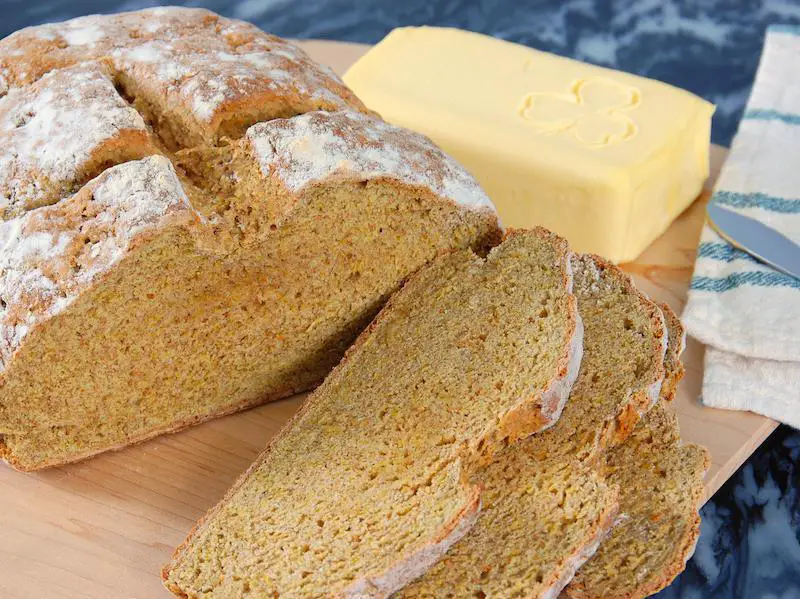
It will anger the Irish to be compared in any way to the UK (next slide!), but the foods are pretty similar. Sorry!
There are a couple things Ireland does better, though. One is the beer; this is, after all, the birthplace of Guinness.
The other is butter, which truly does melt in the mouth here. With a high-fat concentration that makes it extra creamy — plus the cows get to nosh on Irish green grass all day — Irish butter is fantastic.
Otherwise, Ireland is basically known as the home of potato dishes. So it's safe to say that, on the lengthy list of reasons to visit the Emerald Isle, food isn't near the top.
Where to Eat
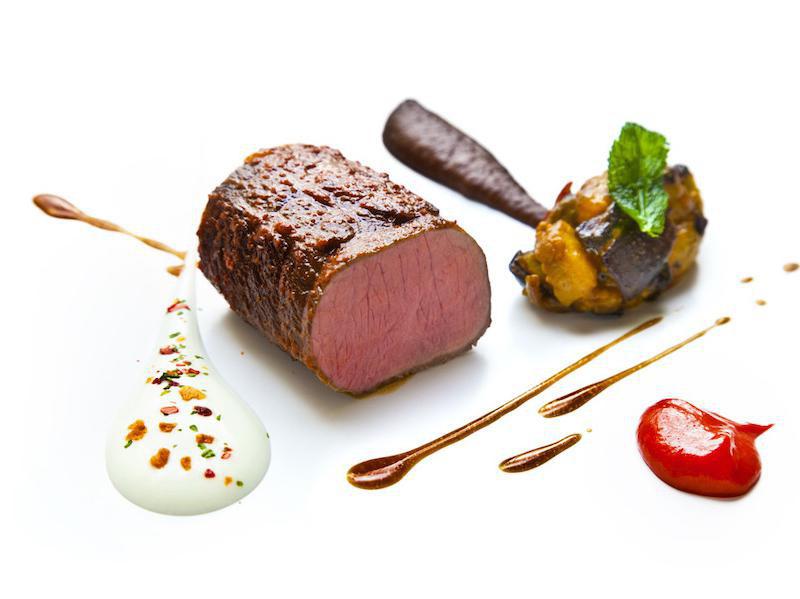
Restaurant Patrick Guilbaud at Dublin's Merrion Hotel was awarded 2 Michelin Stars in 2019. The restaurant focuses on French-style cooking (proof that our No. 2 pick on this list is sound), but utilizes local ingredients thoughtfully.
Dublin is also home to a collection of 1-Star restaurants, and there are three 1-Star standouts (Chestnut, Ichigo Ichie and Mews) in County Cork as well.
12. United Kingdom
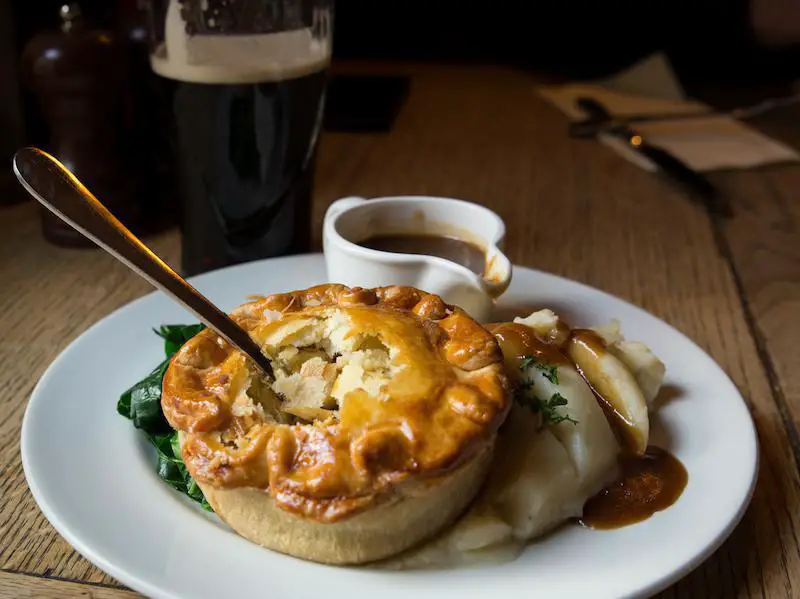
While the British would argue that deviled kidneys, liver and onions, Pease pudding, and steak and kidney pie are “delish,” most visitors probably wouldn't choose these items unless they were stuck in the English countryside with no other option.
Does this continue the stereotype that British food is bad? Yes, it does. And it's true that this stereotype isn't entirely true; London and Edinburgh’s food scenes are home to some of the best international restaurants in the world. But that just means food from other countries makes their culinary scenes great.
The fact is, not many people travel to the UK expecting a great meal, and there is always a bit of truth behind stereotypes.
Where to Eat
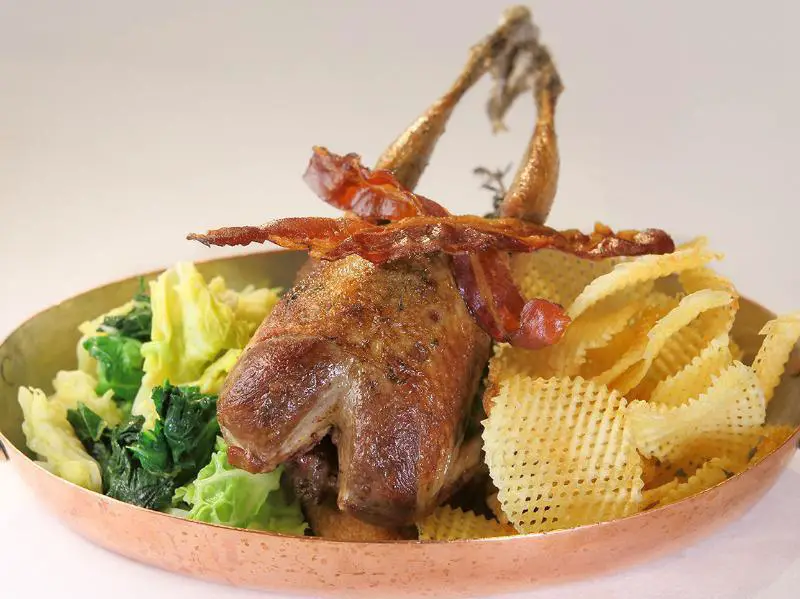
The U.K. has five restaurants that have received 3 Stars from Michelin: three in London (Araki, Alain Ducasse at the Dorchester, and Restaurant Gordon Ramsay, by the famed celebrity chef) and two in Bray, the Waterside Inn and the Fat Duck.
It's worth noting that none of these establishments focus on British cuisine, though — Araki is Japanese and most of the others are French — further proving that traditional English dishes just aren't that beloved internationally.
Hearty, traditional English fare is prepared best at Rules in London, a restaurant that's been embracing the classics since 1798.
11. Hungary & Romania
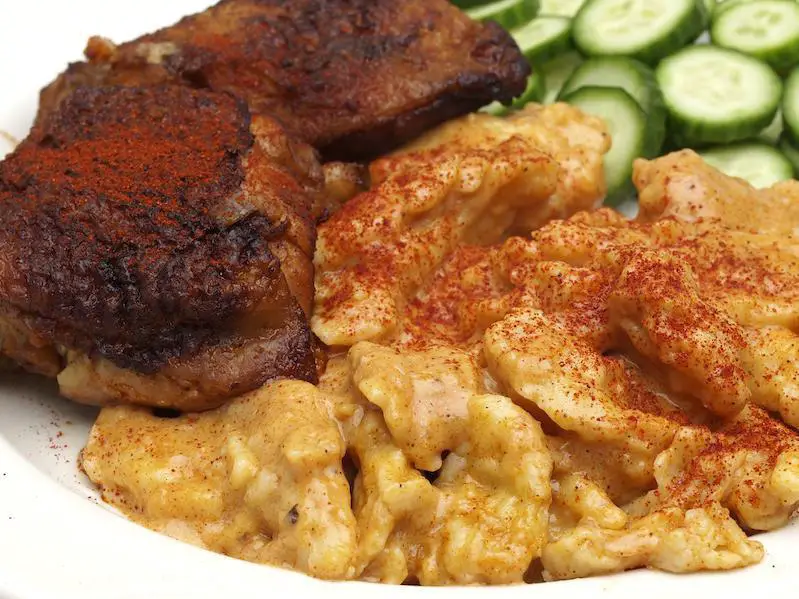
With two-thirds of Hungary lost mainly to Romania after World War I, and Hungarians now Romania’s largest minority group, we’ll combine the two countries in terms of cuisine because they share many of the same dishes (try cabbage rolls and pork jelly in both). There are some differences, though.
Romania incorporates much of its foods from its neighboring countries, including Hungary and Poland, with minced meat filling its menus.
Hungary is famously home to goulash — a wholly satisfying meat and vegetable stew — and embraces spices like paprika. (Paprikash, meat simmered in paprika, derives its name from the spice.) Thanks to these and other traditional dishes, Hungarians enjoy the better food of the two countries.
Where to Eat
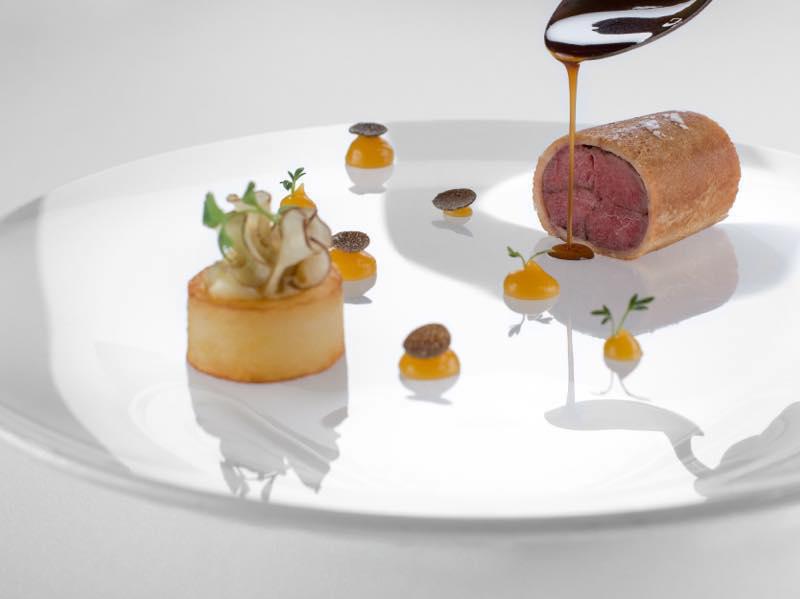
In Budapest, Hungary, you'll find five Michelin 1-Star restaurants and the 2-Star Onyx, all added to the list in 2019. Onyx emphasizes that its menu is sourced from Hungarian producers, and makes a wonderful version of a classic native dish: fish soup.
Romania received its very first Michelin Star in 2018 for Restaurant Belvedere in Izola.
10. Poland
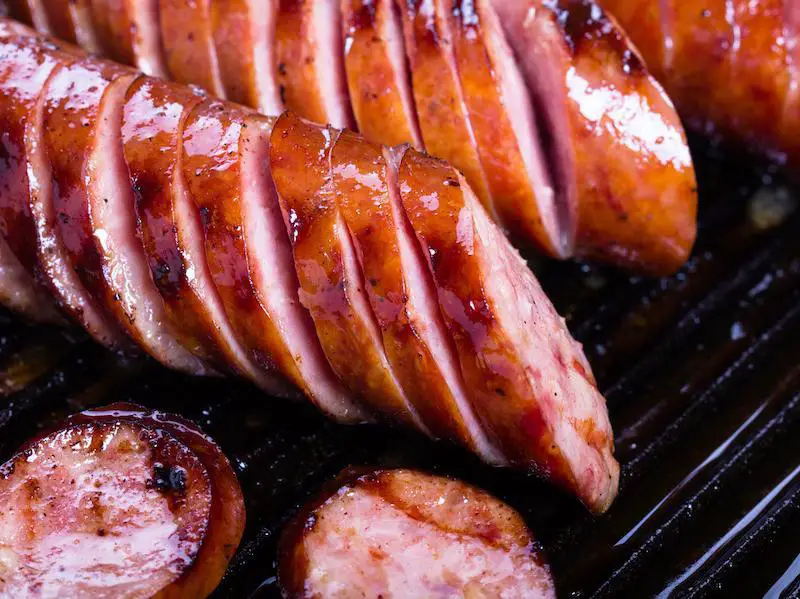
A combination of Slavic, German and Yiddish foods, many people think of meat and cheese when they think Polish cuisine. (Pierogi, anyone?)
From chicken noodle soup, rosol, to red beet soup with dumplings, and Fasolka po bretnonsku stewed beans to white borscht soup with hard-boiled eggs and kielbasa, Poland knows how to keep you warm during its cold winters.
This country is about comfort foods, all the way. And there's nothing wrong with that.
Where to Eat
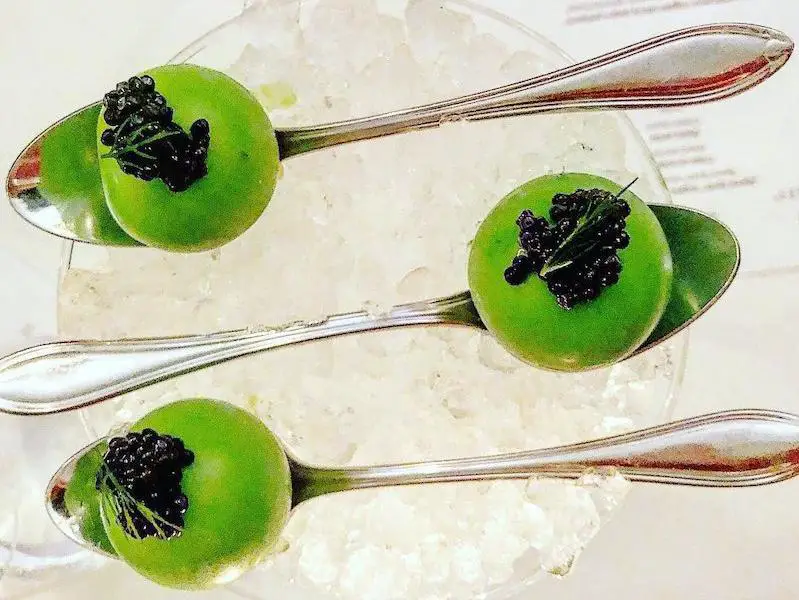
Poland had two restaurants receiving 1 Star from Michelin in 2019, both in Warsaw. You can sample great food at Atelier Amaro or Senses, both of which explicitly focus on traditional Polish cooking with a modern twist.
9. Netherlands

Traditional Dutch menus will be filled with herring, including raw herring with chopped onions eaten on bread (Holladnse nieuwe).
But we prefer the sweet cuisine found in the Netherlands: poffertjes, small puffed pancakes topped with powdered sugar (like an American funnel cake) and the stroopwafel, syrup waffle cookies.
Mmmmm.
We also recommend bitterballen, deep-fried meatballs coated in breadcrumbs and served with mustard. The dish is regularly and best enjoyed with a nice cold beer.
Where to Eat
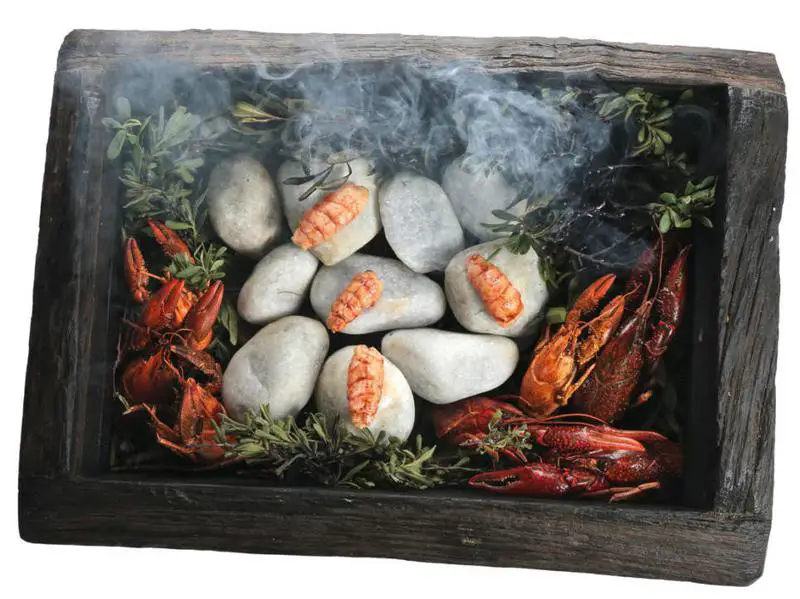
The Netherlands has been on Michelin's list more than 100 times, adding two 2-Star restaurants and 12 more 1-Star restaurants in 2019.
The 3-Star De Librije in Zwolle is helmed by a born-and-bred Netherlands chef who's open about his love for his home region's food.
8. Malta
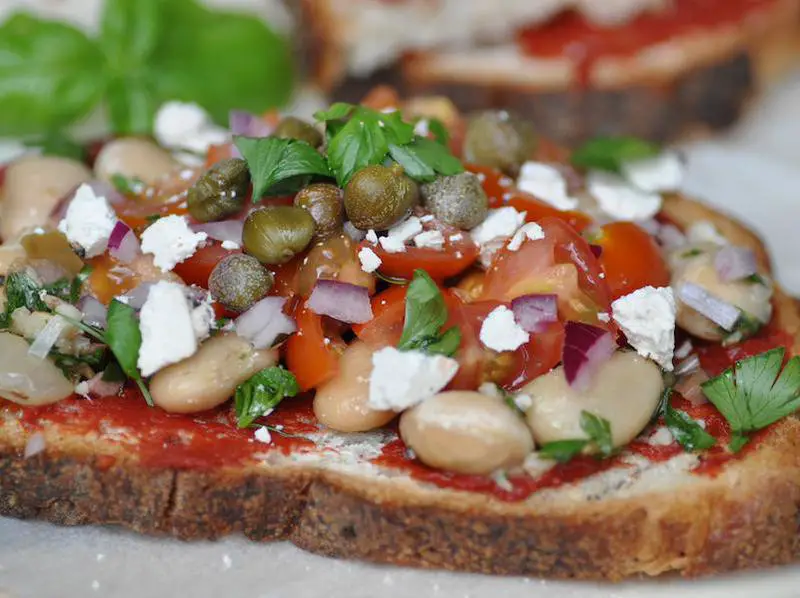
Malta may be small, but its cuisine is mighty.
Of course, with its Mediterranean location, seafood dishes are plentiful on the island. A seasonal approach here applies not just to what’s harvested from the soil, but to what's fished from the sea.
Try hobz biz-zejt — bread stuffed with tuna, capers, tomatoes, onion and garlic — as an appetizer before digging in to your main course of lampuki pie (fish stew).
Even the pasta sauce here is regularly made with squid and octopus!
Where to Eat
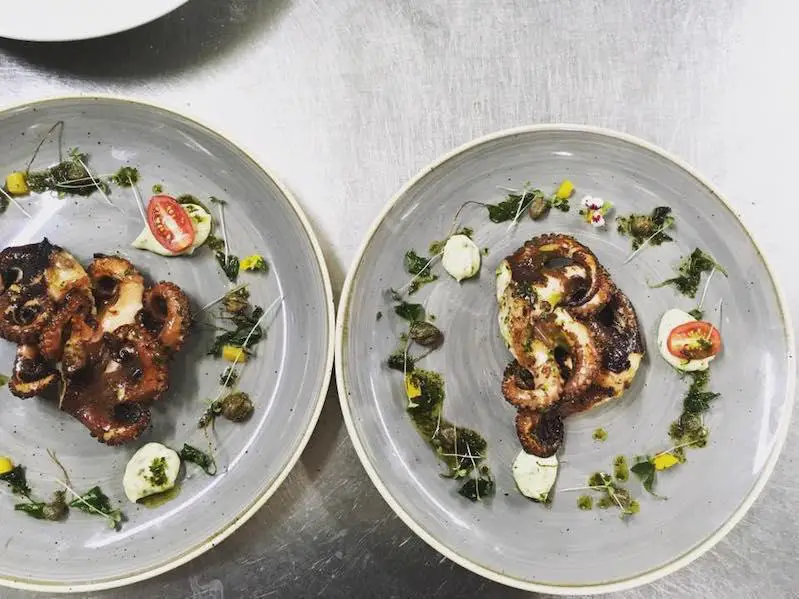
Malta may not be on Michelin's list — yet! — but it definitely is on travelers' lists. More than 1,700 TripAdvisor reviewers have made Bouquet Garni the No. 1 restaurant in Malta, giving it 5 stars and calling it Michelin-worthy.
Appropriately, the restaurant's seafood dishes are particularly excellent.
7. Belgium
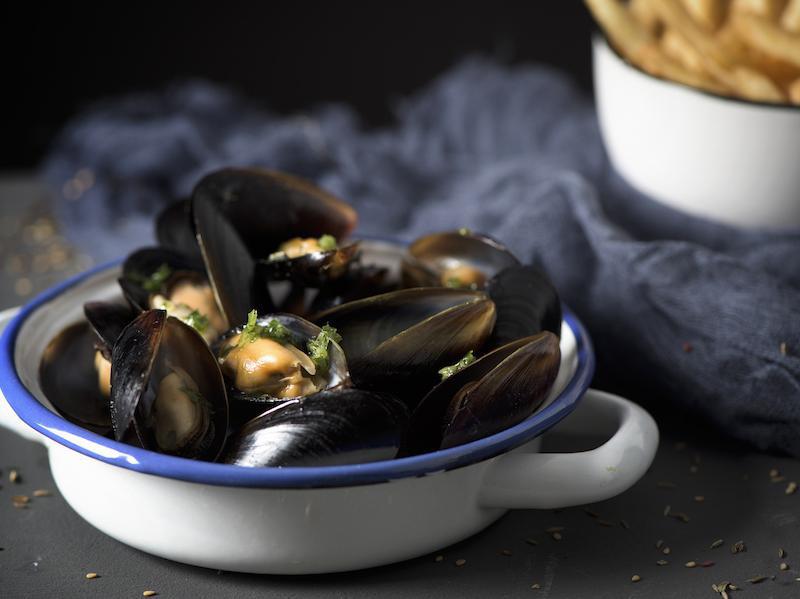
Belgian waffles may be the first thing that come to mind when you think of Belgium, but this intimate country nestled between France and The Netherlands is actually the creator of the French fry. (Although France tries to lay claim to the honor.)
You may not think it’s worth it to visit a country entirely for its French fries, but Belgium has truly perfected this fabulous comfort food, and we kindly disagree.
Alternatively, you may prefer the moules-frites, mussels in wine and butter served with fries. It’s pretty much a standard of the coastal country, and is simply delicious.
Oh, and need we remind you of Belgian chocolate? If it's good enough to be Godiva, it's good enough to have our hearts.
Where to Eat
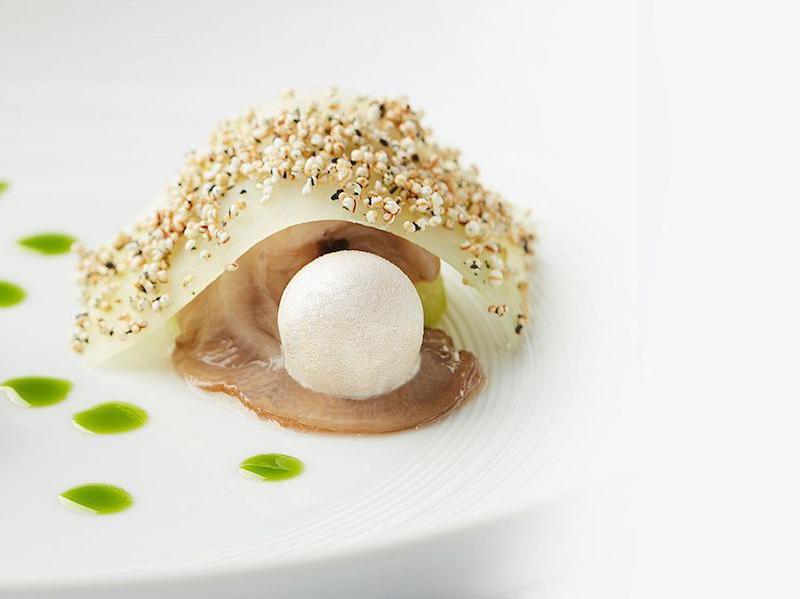
Although Belgian restaurants didn't appear on the 2019 Michelin list, more than 120 restaurants have been honored in the past, including two restaurants with 3-Star ratings.
Only Hof van Cleve in Kruishoutem remains open; its chocolate grenade dessert does Belgium proud.
6. Germany
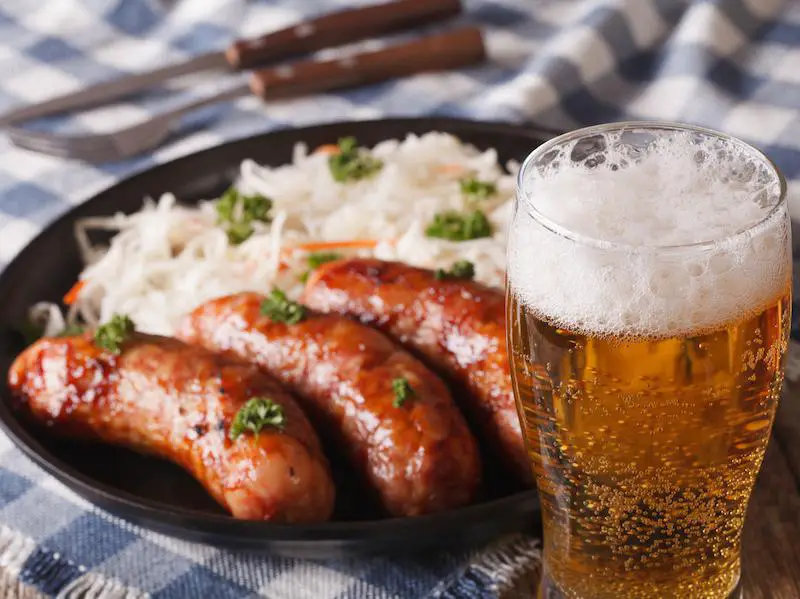
There are more than 40 types of bratwurst (sausage) in Germany, and more than 5,000 brands of German beer. For these two reasons alone, foodies can find much to love here.
Better yet, Germans know how to combine excellent food with inspired revelry, as at the country's famous annual Oktoberfest that draws more than 6 million attendees.
And don't even get us started on the simple joys of a great pretzel or hearty helping of spätzle egg noodles.
Spätzle is one of many dishes Germany shares with Austria, coming up on this list.
Where to Eat
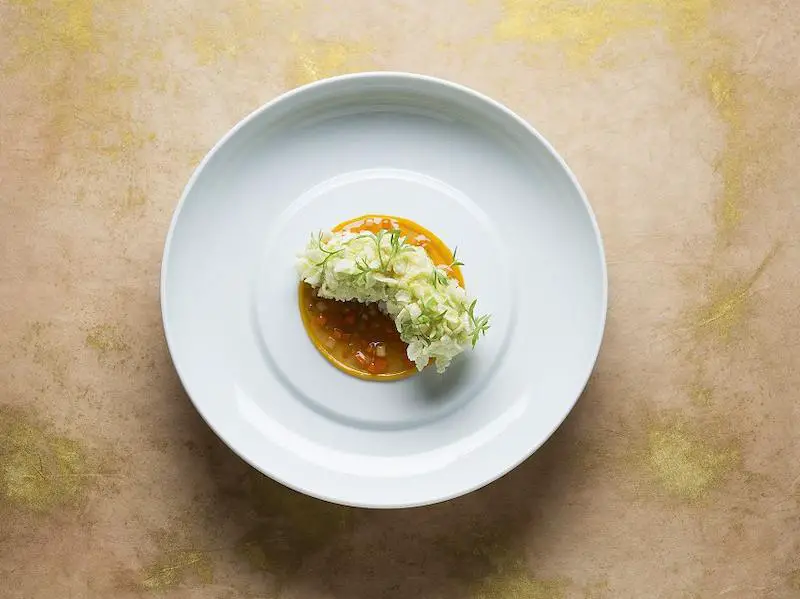
On the 50 Best Restaurants in the World list, Berlin's Restaurant Tim Raue brought Germany to the forefront, landing at No. 37.
Another excellent choice is the Michelin 3-Star honoree Vendome, an ideal spot to try fine dining with a traditional touch. The restaurant elevates regional German cuisine through inventive preparation.
5. Austria
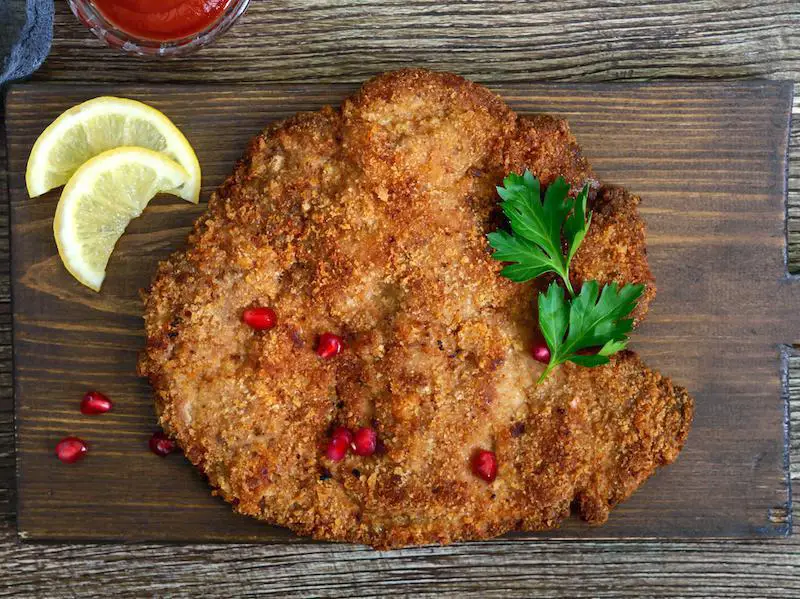
The national dish of Austria is its breaded and fried schnitzel, or veal cutlet. Vienna’s Figlmuller Willzeile is known as the birthplace of the dish, and has been serving it for more than 100 years.
Vienna is also home to the semi-sweet chocolate torte with thick layers of apricot jam known as the sacher torte.
And then, there is the flaky delicacy known as the Apfelstrudel, or apple strudel. Although it's long been popular across Eastern Europe, the sweet treat was created for the Hapsburg family, who reigned from Vienna.
Are these three distinct dishes enough to warrant a visit to Austria for food? Combine them with the wonderful Grüner Veltliner wines created in Austria’s Wachau Valley along the Danube River, and the answer is a resounding “yes.”
Where to Eat
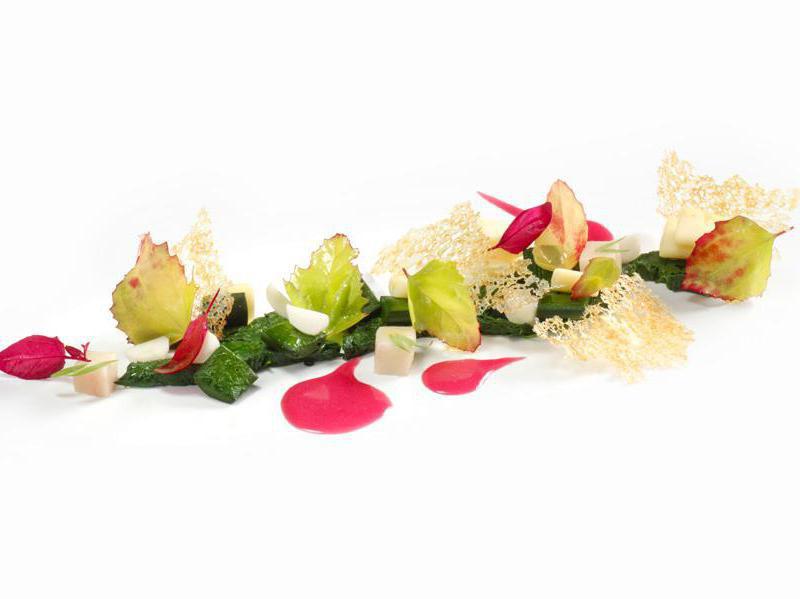
Proof that Austria deserves to be in the top five: There are 19 Michelin-starred restaurants in the country, including the 3-Star Amador in Vienna.
Also in Vienna, the 2-Star Restaurant Steirereck focuses on Austrian ingredients and traditional techniques, with a twist. Its tagline? "Austrian cuisine beyond its boundaries."
Salzburg, too, has some superlative places to dine, including the 2-Star Ikarus and SENNS.Restaurant.
4. Greece and Republic of Cyprus
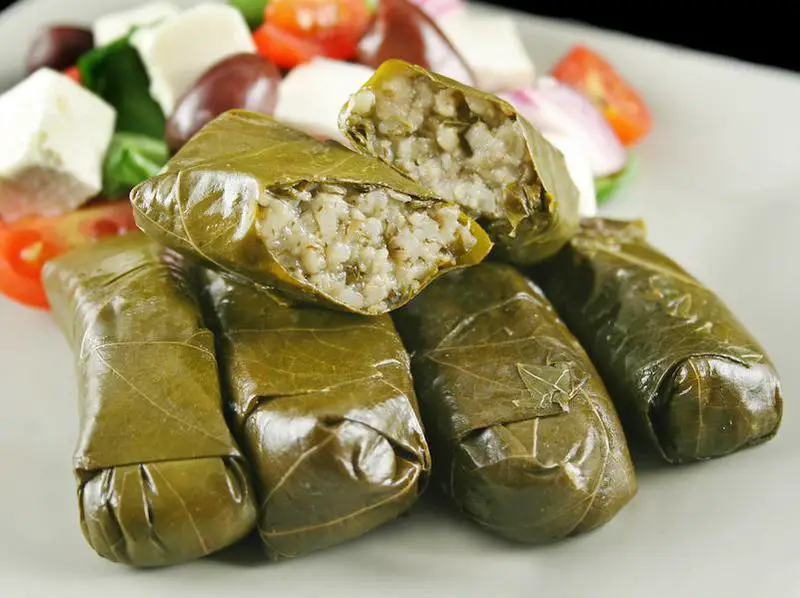
We will first be clear that Cyprus is not part of Greece and not near Greece — it’s actually closer to Turkey (not in the EU). The Turks and Greeks have a generations-old feud between them, and both wanted Cyprus for themselves. And although we know this will cause some anger, this trio of nations, despite any ill will between them, share a lot of common dishes, albeit with different names.
Consider this: Souvlaki, kebabs and sheftalia? All kebabs of meat.
Stuffed grape leaves (you say dolma, I say dolmathes)? The same.
Gyros and shawarma? Both involve marinated meat, typically served on flatbread.
Thick yogurts most-often called Greek yogurt? Same.
Let them battle out who does it better; these dishes are fantastic no matter what version you try.
Where to Eat
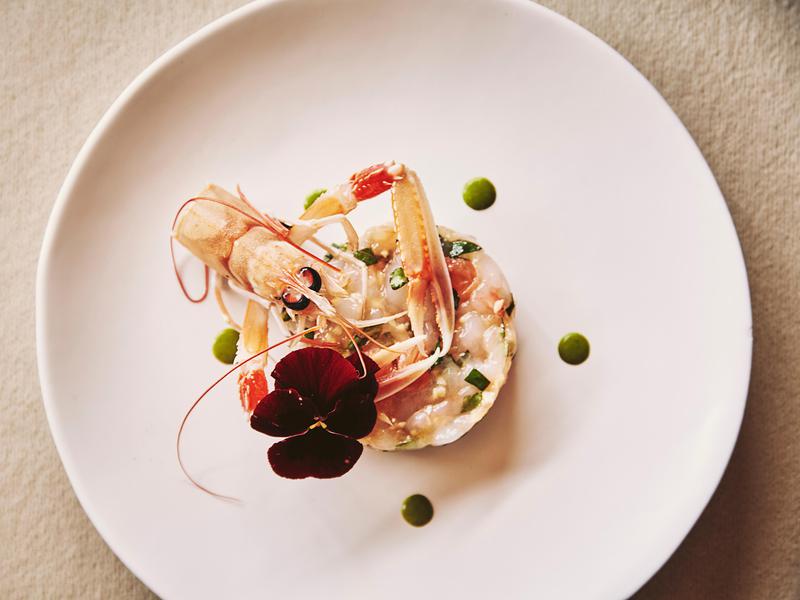
In Greece, head to Spondi in Athens for Michelin 2-Star cuisine, awarded as such in 2019. The 1-Star Varoulko Seaside in the city serves up top-notch versions of Greek favorites, including the traditional appetizer taramosalata, a fish roe dip.
Cyprus isn't on Michelin's radar just yet, but of the thousands of restaurants on the island, more than 1,000 reviews on TripAdvisor find La Maison Fleurie in Limassol to be out of this world.
3. Spain & Portugal
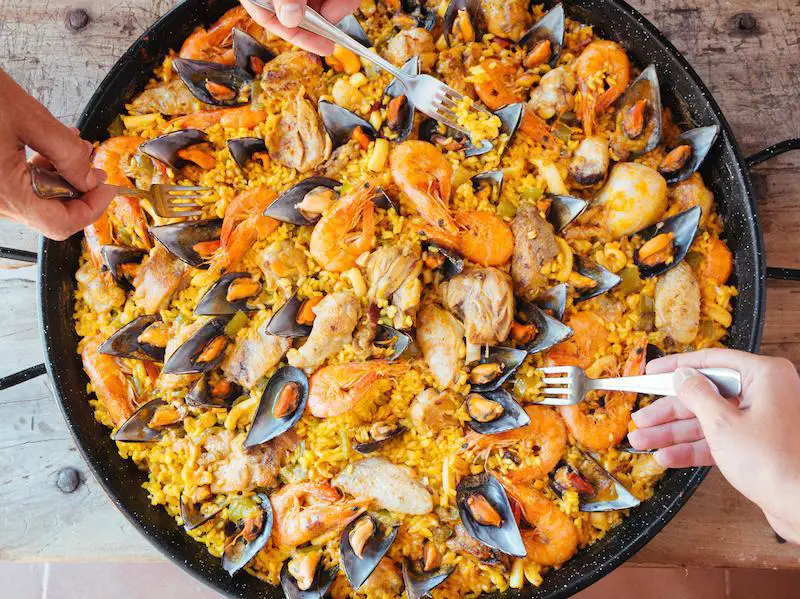
Thank you, Spain and Portugal, for adding so much spice to so many of your dishes.
We are sorry to group you together, for you are each a beautiful country that stands alone, but with your shared location on the Iberian Peninsula, your cuisine is quite similar. (And similarly fantastic.)
Traditional Iberian Peninsula food is renowned for paella/arroz de pato (rice, spices, meat or veggies) and tapas/petiscos (small dishes starring seafood, ham and cheese).
Both Spanish and Portuguese dishes were considered peasant food. But tossing in the freshest ingredients and spices to create one-pot dishes is so much better than whatever fancy foods royalty was eating decades ago.
Where to Eat
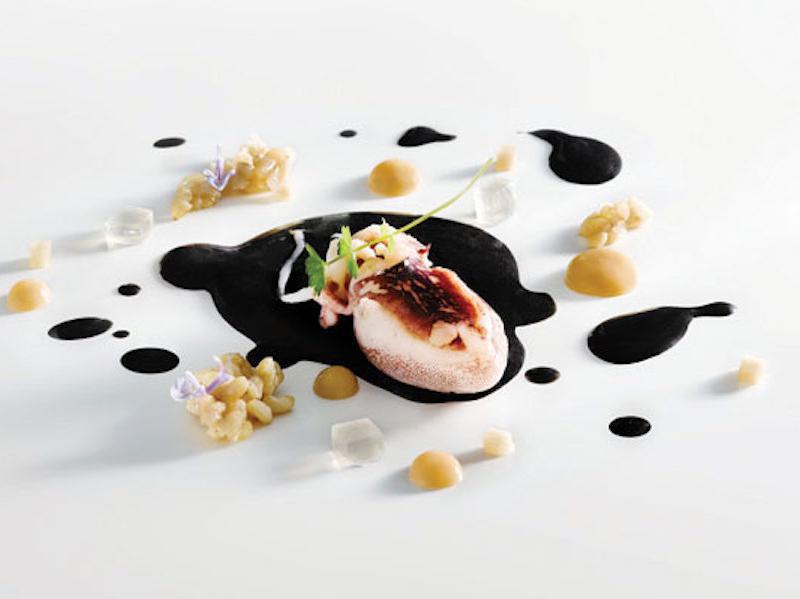
The No. 2 restaurant in the world, according to the World's 50 Best Restaurants ranking, is El Celler de can Roca in Girona. The restaurant's interpretations of traditional Basque dishes are at once reverent and playful.
Two other Spanish restaurants are on the top 10 list as well: Mugaritz in San Sebastian and Asador Etxebarri in Axpe. And the country touts 11 Michelin 3-Star winners as well.
As for Portugal, it added its first 2-Star restaurant to the Michelin list in 2019: Alma, in Lisbon.
2. France
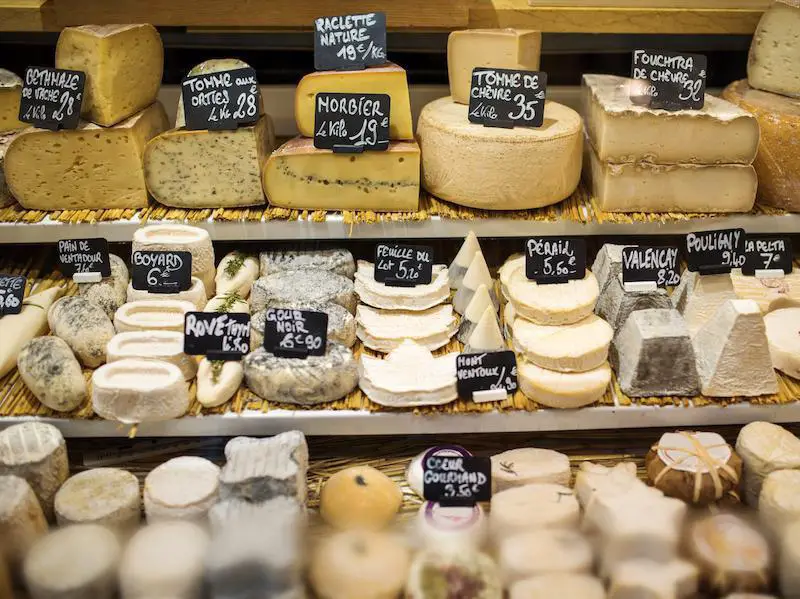
Food isn't just food in France; it's “cuisine.” Even Julia Child admitted that it wasn’t until her time in France that she became a cook: “I was 32 when I started cooking; up until then, I just ate.”
French cooking is so inspirational that it has led to the training of many much-revered chefs at Le Cordon Bleu. Michelin ratings, the hard-to-come-by stars awarded to the world’s best restaurants, come from France. The country is the queen of rich, decadent sauces, and no other country in the world can compare when it comes to indulgent pastries and breads, most famously the melt-in-your-mouth croissant.
And we haven’t even mentioned the cheese yet! There are 1,600 distinct types of French cheese — brie, bleu, chevre and munster among them — and we'd happily eat them all.
Pair this cheese with bread, and you have the perfect item — so good, you could eat just that in France and be happy.
But don't forget to try the country's amazing wines as well. France is the birthplace of Champagne, Cabernet Franc and Bordeaux, among many others.
Could you visit France just for a culinary experience? Oui!
Where to Eat
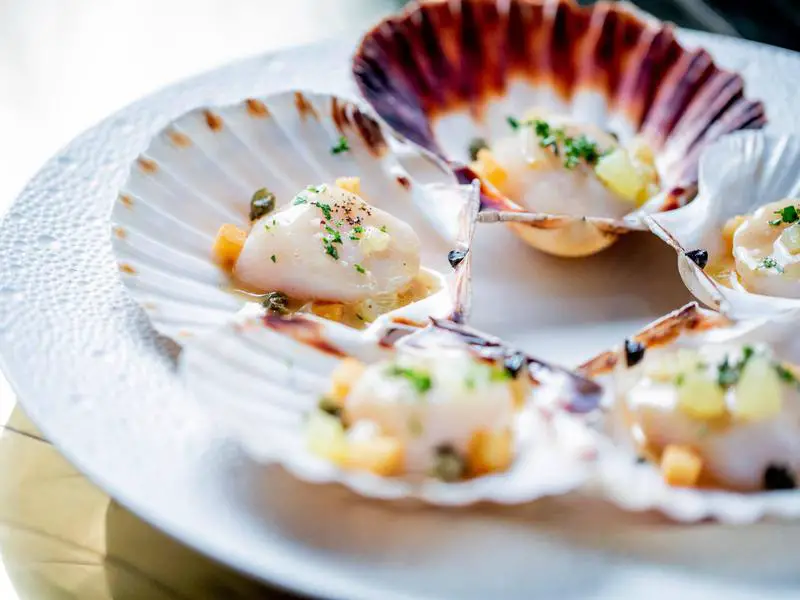
French restaurants garnering Michelin ratings in the last year grew to a new record: an astounding 632. (Second only to Tokyo, Japan.)
Not surprisingly, the majority of these restaurants are all about traditional French haute cuisine.
France-born chef Alain Ducasse has long been a standard-bearer of perfectly prepared French fare; try his dishes at the Alain Ducasse au Plaza Athenee in Paris, a Michelin 3-Star restaurant that's also No. 21 on the World's 50 Best Restaurants list.
1. Italy
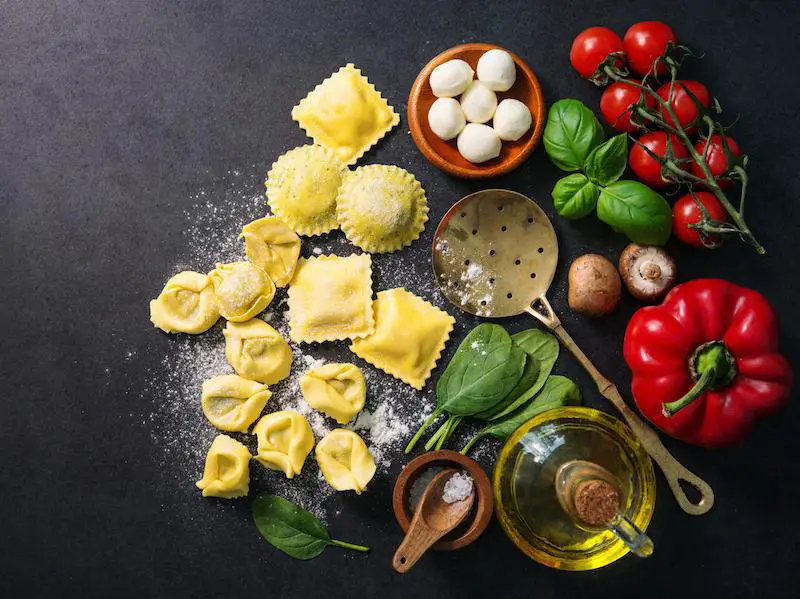
Is it possible to travel through Italy and not rave about the food? We’d like to see you try.
The Italians have perfected pasta and sauces, have invested and continue to create the world’s best pizza, and offer the better-than-ice-cream sweet treat of gelato.
There is the Florentine steak, the thin-sliced prosciutto from Parma, the larger-than-your-head Amalfi lemons that create limoncello liquor, and, of course, the best wines from locally harvested grapes to wash everything down with.
Italians know how to take the fewest ingredients of the freshest variety and make a dish shine, unlike the French who drench their cuisine in sauces.
Said Chef Wolfgang Puck of Italian food, it’s “all about ingredients and it’s not fussy and it’s not fancy.”
Italy may be an obvious choice for the No. 1 pick. But really, was there any other option?
Where to Eat
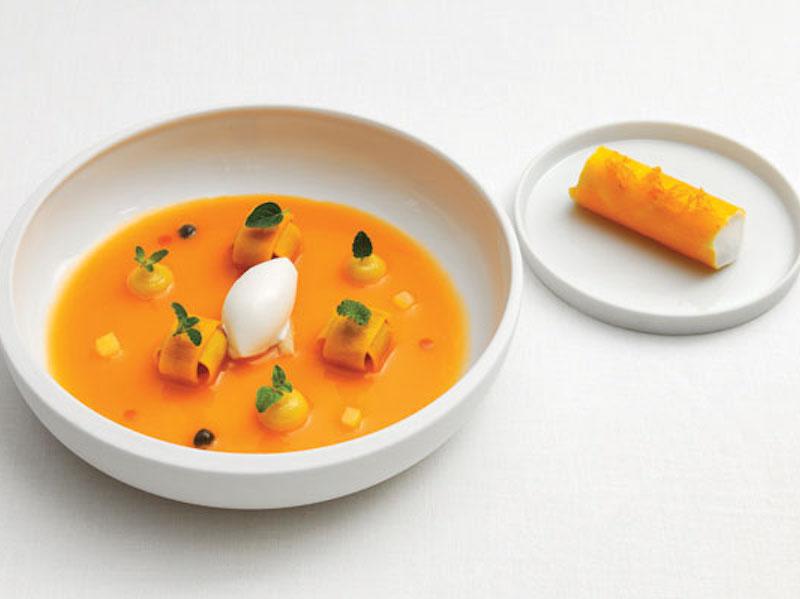
Think we're wrong to pick Italy as the top for food in Europe? What if we told you the No. 1 restaurant in the world, according to the World's Best Restaurants list, was Osteria Francescana in Modena?
The restaurant's clever takes on traditional Italian pastas and meat dishes are made with exceptional care by chef Massimo Bottura, who dearly loves his home country.
Others that made the best-of list? No. 16's Piazza Duomo in Alba and No. 23's Le Calandre in Rubano.
Michelin also added Uliassi in Senigallia to its list of 3-Star restaurants in 2019. Michelin's Italian Guide features 367 restaurants in total.
Enough said.